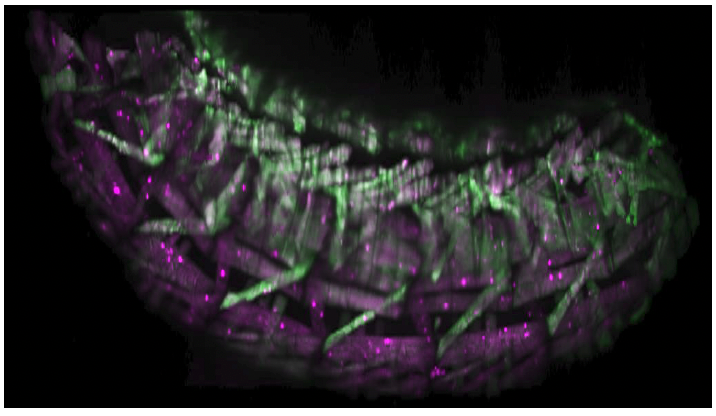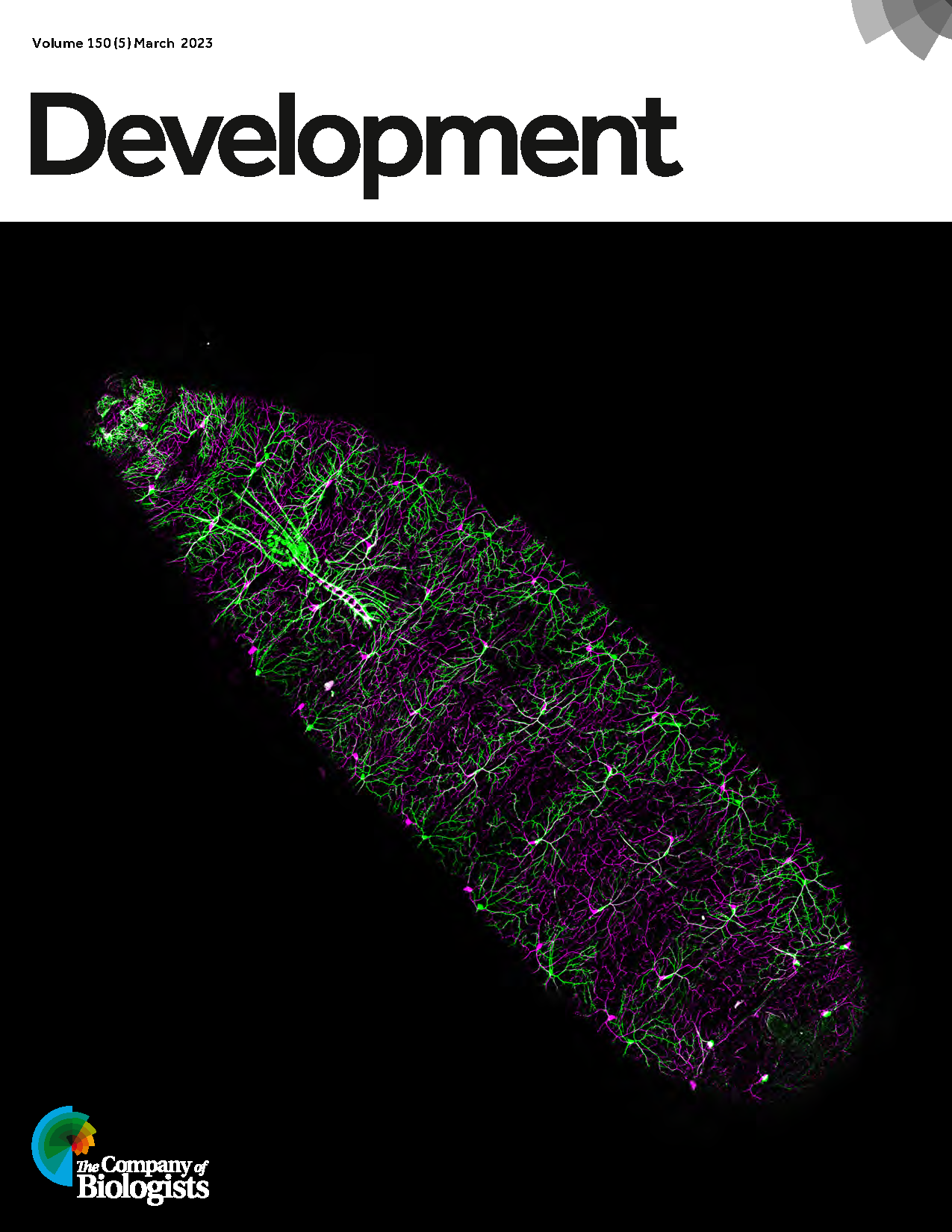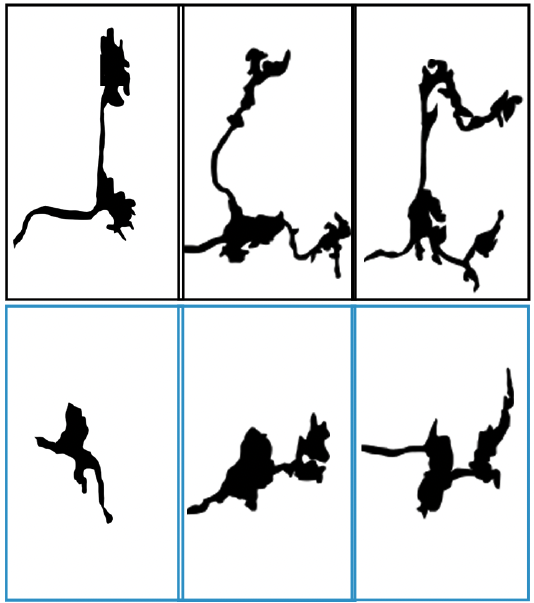Active Research Projects
Building neurons and circuits
Dendrites and axons show extraordinarily diverse forms, with important implications for nervous system wiring and neuronal function. Our lab is interested in how neurons acquire their morphology and how this organization underlies circuit function. To approach this problem, we use molecular, genetic, anatomical, and behavioral approaches to identify the mechanisms that sculpt somatosensory circuits during development. Our studies have focused on nociceptive, proprioceptive, and internal sensory circuits.
Organization and function of proprioceptive systems
The proprioceptive system endows animals with an ability to sense body position. This sense is often taken for granted in our daily lives, in that we "intuitively" know where our hands and legs are as we move about, but this information is provided by an array of sensory neurons that are precisely positioned to detect body movements. This capacity is critically required not only for limbed organisms but also for animals with soft bodies such as Drosophila larvae, which we use as a model to study the functional organization of proprioception.
Functional investigation of internal body sensing
Sensing of internal body status is essential for proper functioning of many different organ systems. In many cases, internal sensory neurons are important sensors and regulators of such physiological homeostasis. We study the function and development of identified internal sensory neurons in Drosophila larvae. Our ultimate goal is to identify how internal sensory neurons sense and relay information about internal body status and contribute to the maintenance of physiological homeostasis.


